
Blog
Denmark’s Response to Trump’s Greenland Purchase Proposal
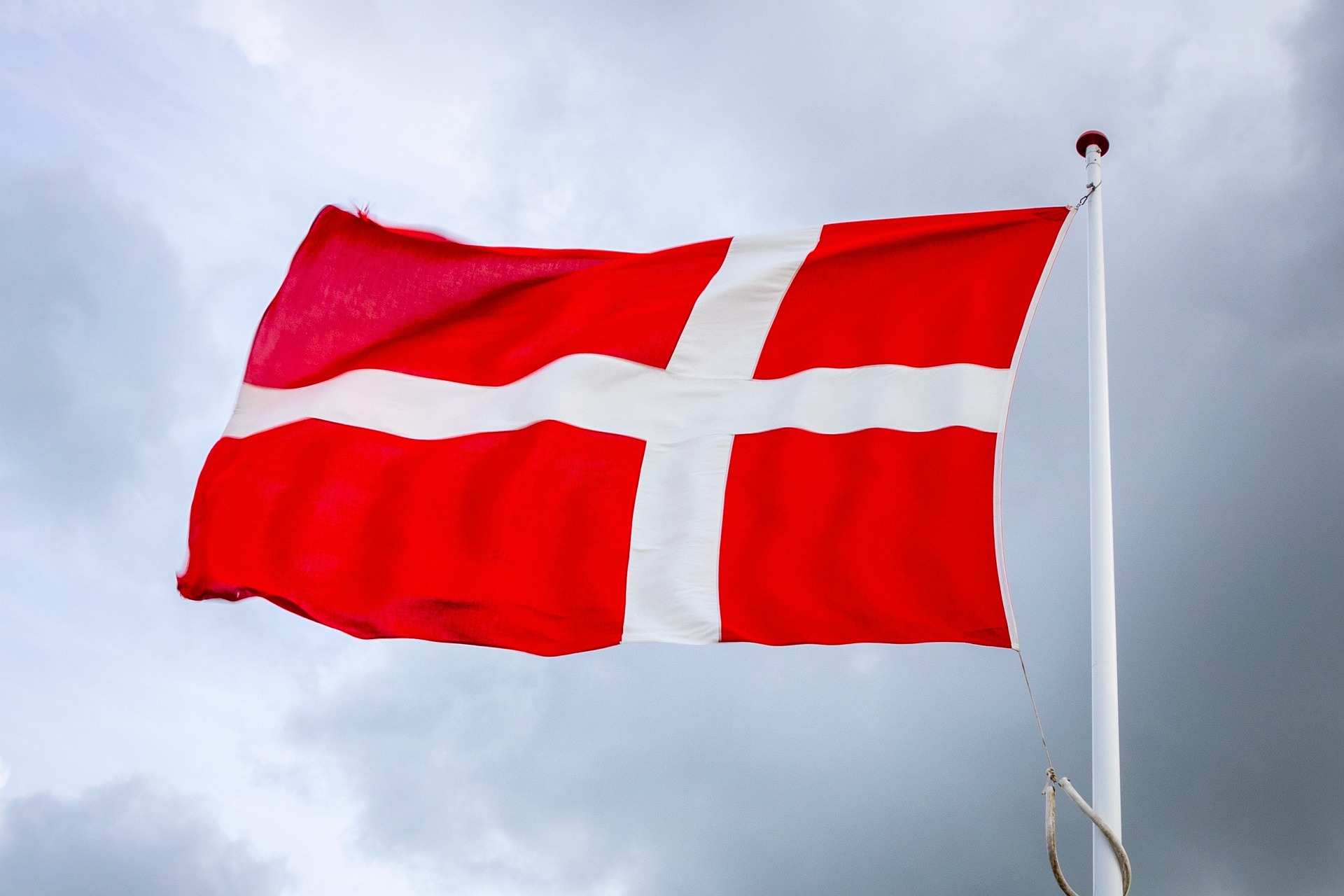
Donald Trump might raise tariffs on Denmark. President-elect Trump has expressed interest in purchasing Greenland, the world’s largest island, from Denmark. It’s an idea that seems almost surreal, yet it has captured the attention of governments, analysts, and citizens alike. But how did Denmark and Greenland respond to this bold and controversial proposal? And what does this mean for the future of Greenland’s role on the world stage?
Let’s take a closer look at the situation and dive into why Greenland has become such a valuable geopolitical asset!
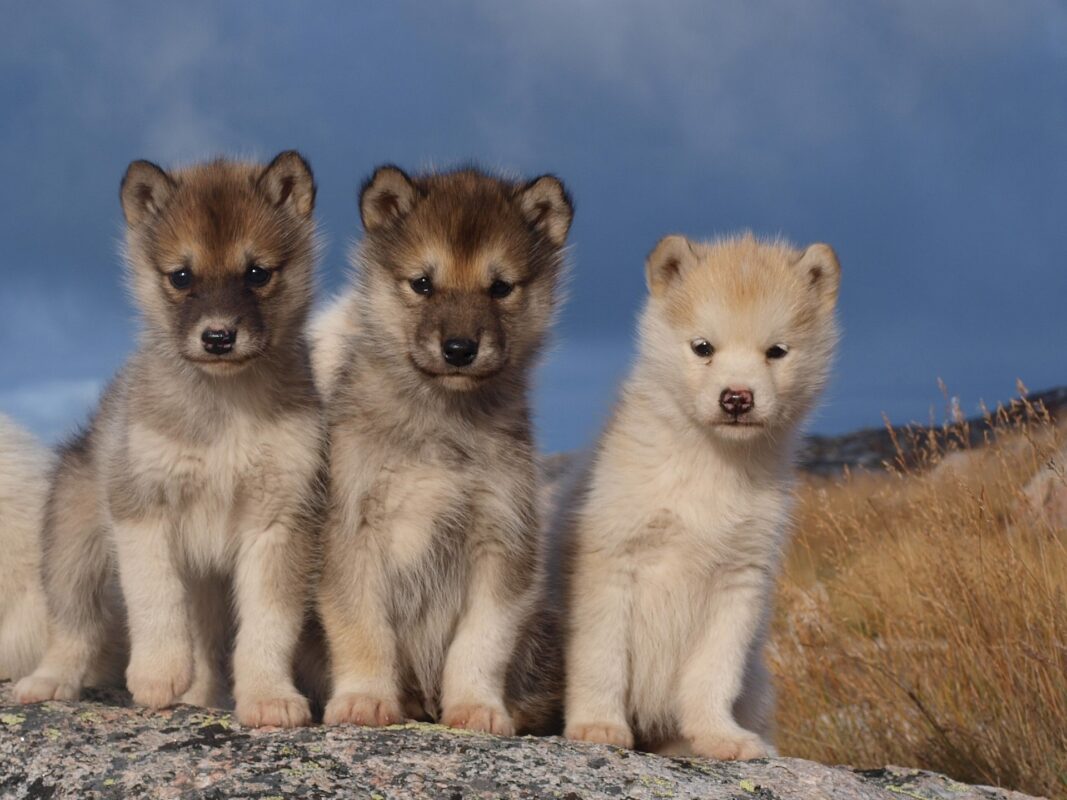
Greenland: More Than Just Ice and Snow
Greenland might seem remote and far away from the day-to-day concerns of most people, but don’t let that fool you. Greenland is an autonomous territory of the Kingdom of Denmark, with a population of about 56,000, mainly Inuit. It gained home rule in 1979, with expanded autonomy in 2009, though Denmark retains control over foreign affairs and defense. The U.S. has strategic interest in Greenland and operates the Thule Air Base there. In 2019, President Trump expressed interest in purchasing Greenland, but Denmark declined the proposal. The island is far more important than its frigid landscapes and vast glaciers might suggest.
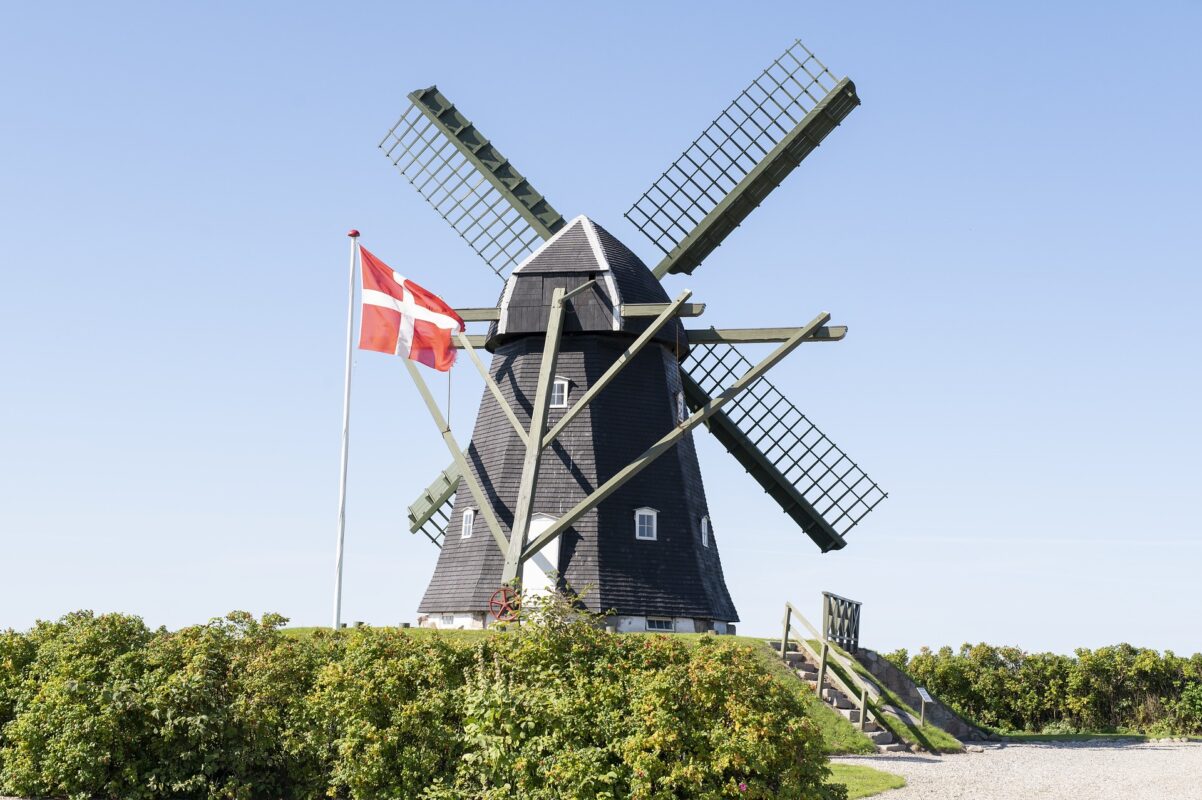
Location
Strategically located between North America and Europe, Greenland sits at the crossroads of the Arctic, an area that is becoming increasingly valuable due to its natural resources, shipping routes, and military significance. In fact, Greenland has become a hot spot for geopolitical maneuvering, with powers like the U.S., Russia, and China all vying for influence in the Arctic.
Resources
Greenland’s natural resources — including rare earth metals, oil, and gas — make it a particularly valuable prize. And as climate change continues to melt the Arctic ice, new shipping lanes are opening up, making this region even more significant.
This is where Trump’s idea came in. He saw Greenland as a potential economic and military asset, one that could strengthen the United States’ position in the Arctic. By purchasing Greenland, Trump envisioned not just acquiring an island, but securing an important foothold in a region where global competition is intensifying. But the question is: Could Greenland really be “purchased”?
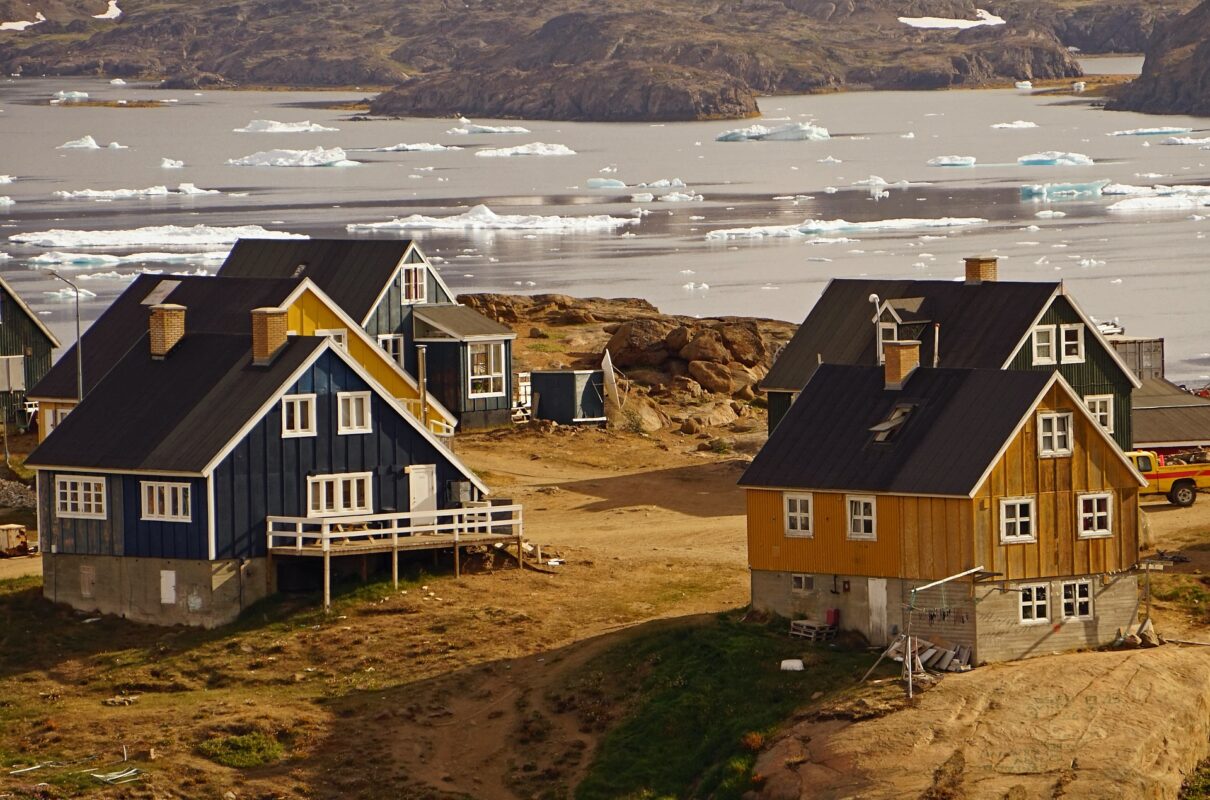
Denmark’s Response: Firm and Unyielding
Imagine being the leader of a country whose territory is being treated like an item on a market. That’s exactly how Denmark’s Prime Minister, Mette Frederiksen, must have felt when she heard Trump’s proposal. Her response was quick and unambiguous: Greenland is not for sale.
Denmark’s position was also driven by the recognition that Greenland’s future must be shaped by its people. Prime Minister Frederiksen made it clear that the Danish government, alongside Greenland’s political leaders, supports the island’s right to decide its own fate. This was not just a diplomatic rejection; it was a reminder that Greenland is not a commodity to be bought or sold — it is a nation with its own voice.
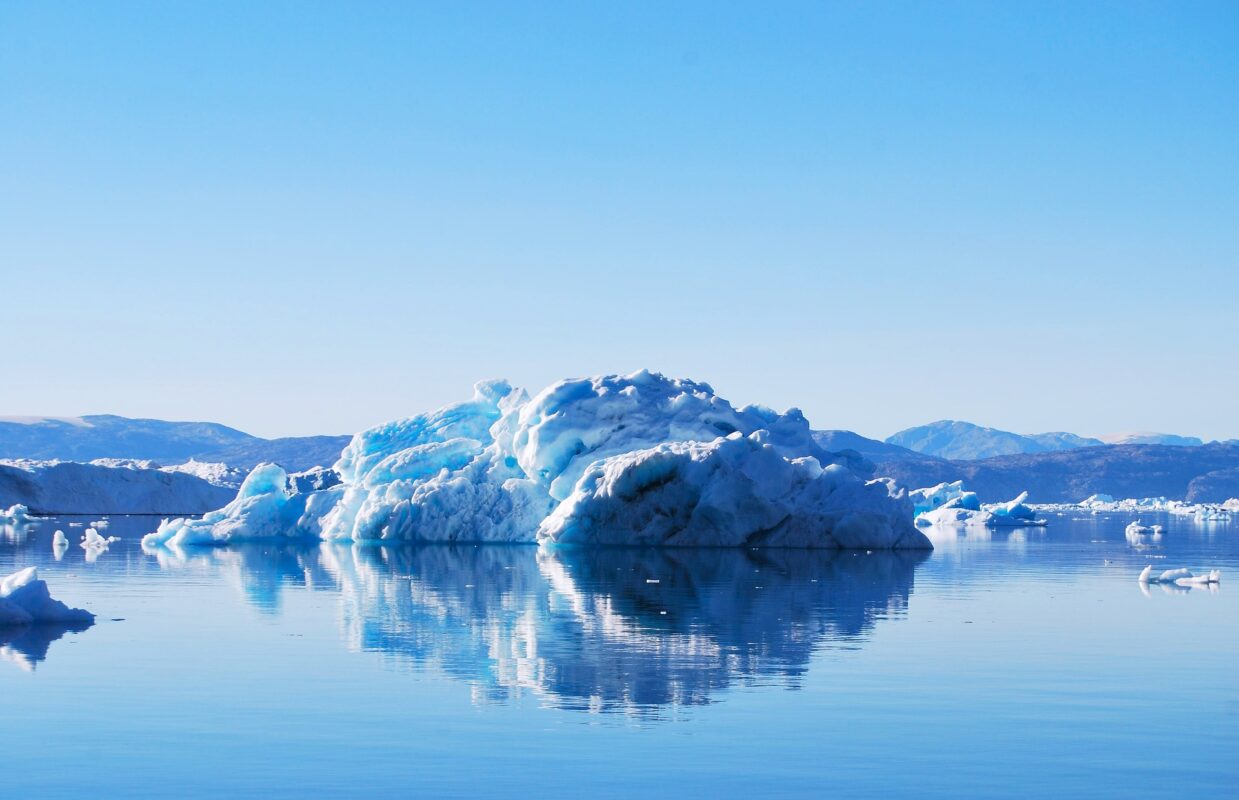
Economic Support and Strategic Benefits of Greenland to Denmark
Greenland receives significant economic support from Denmark. Each year, Denmark provides Greenland with approximately 4 billion Danish kroner (about 600 million USD), which accounts for about 20-25% of Greenland’s government budget.
Denmark does not receive direct financial profits from Greenland, but it benefits strategically, through resource development, and in terms of international standing. Greenland’s geographical importance strengthens Denmark’s military and geopolitical influence, while the development of mineral and energy resources offers potential future economic benefits. Additionally, Denmark gains influence in international forums, such as the Arctic Council, through Greenland.
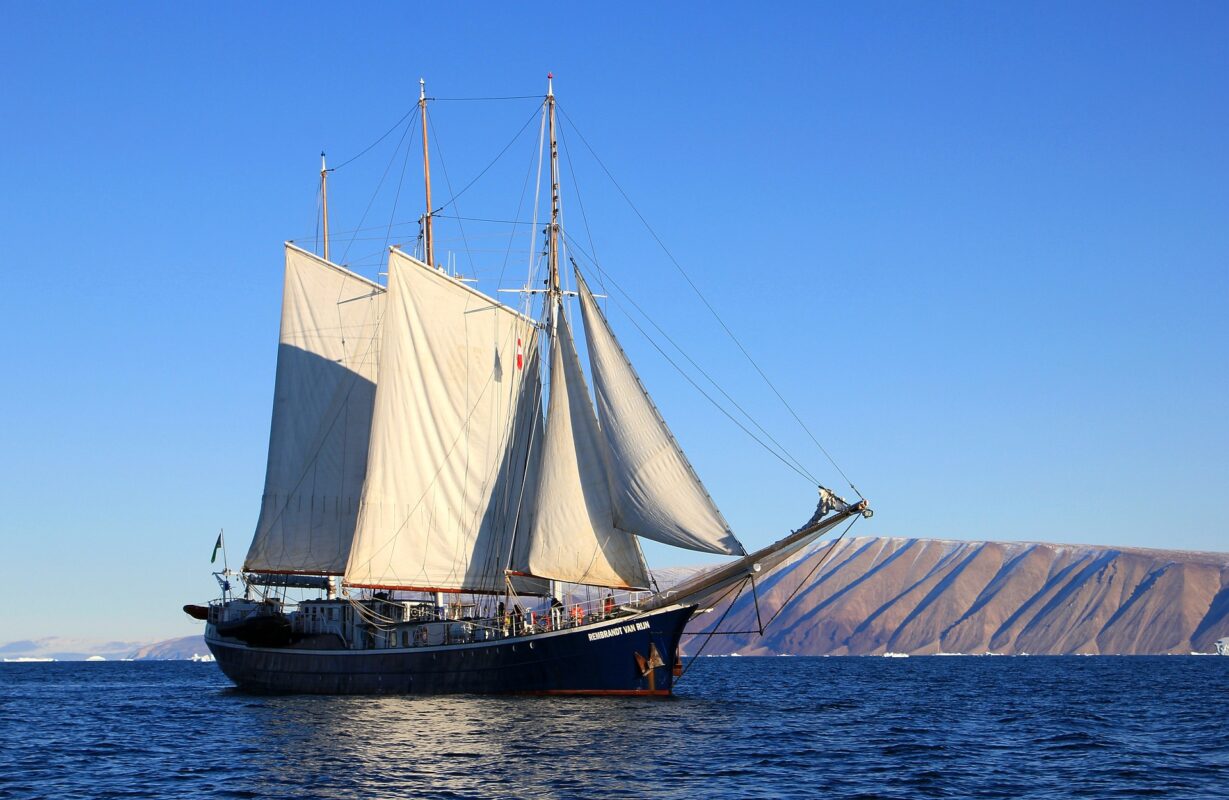
Greenland’s Voice: A Modern-Day David
While Denmark firmly rejected Trump’s proposal, Greenland itself had plenty to say about the matter. In fact, Greenland’s Premier, Múte Egede, quickly made his stance known. He emphasized that Greenland’s future belongs to its people, not to outside interests looking to capitalize on its resources. This statement underscores a deep truth: Greenland, though tied to Denmark, has been navigating its own path for years, making decisions that reflect the wishes of its citizens.
Many Greenlanders are understandably wary of being caught in the geopolitical crossfire. While some see opportunities in stronger ties with the United States or other global powers, there is a palpable fear of being exploited. The island’s resources are valuable, but so is its culture, its environment, and its autonomy. And while Greenland may benefit from international partnerships, it does not want to lose its identity in the process.
What Happens Next? A Look into the Future
So, what does the future hold for Greenland, Denmark, and the United States? While Trump’s proposal seems to be off the table, the underlying issues remain. Greenland is not just a faraway island; it’s an increasingly important player on the global stage. The relationship between Denmark and Greenland will likely continue to evolve, with Denmark remaining committed to supporting Greenland’s autonomy while balancing international interests.
How are other countries responding to this? President-elect Donald Trump did not rule out the possibility of using military force to seize Greenland, an autonomous territory of Denmark. In response, Germany and France issued a warning to Trump on the 8th.

A Turning Point in Arctic Diplomacy
This saga has highlighted some key issues: the power dynamics between nations, the importance of Greenland in the changing geopolitical landscape, and the value of respecting the rights of the people who live there. Denmark’s rejection of Trump’s proposal is not just a diplomatic stance — it’s a reminder that Greenland is not a passive player in the global game. As we’ve discussed, Greenland holds significant geopolitical and resource value. However, the underlying issue stems from climate change as well. The increasing rate of ice melt is drawing the attention of major powers like China, Russia, and the U.S. who are targeting these resources. To address this issue and protect the lives in Greenland and other ice-covered regions, we must reduce environmental damage. Whether you’re an individual or a company, you can take action to offset your carbon emissions. Thanks to carbon credits, it’s easy to make a difference, and Carbon Da Capo can help you take that step.
